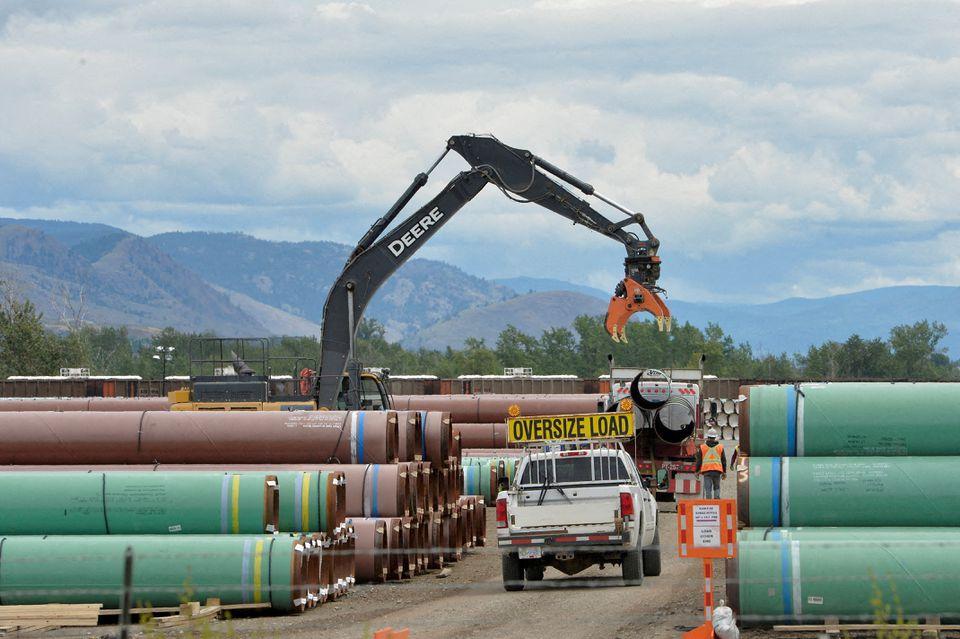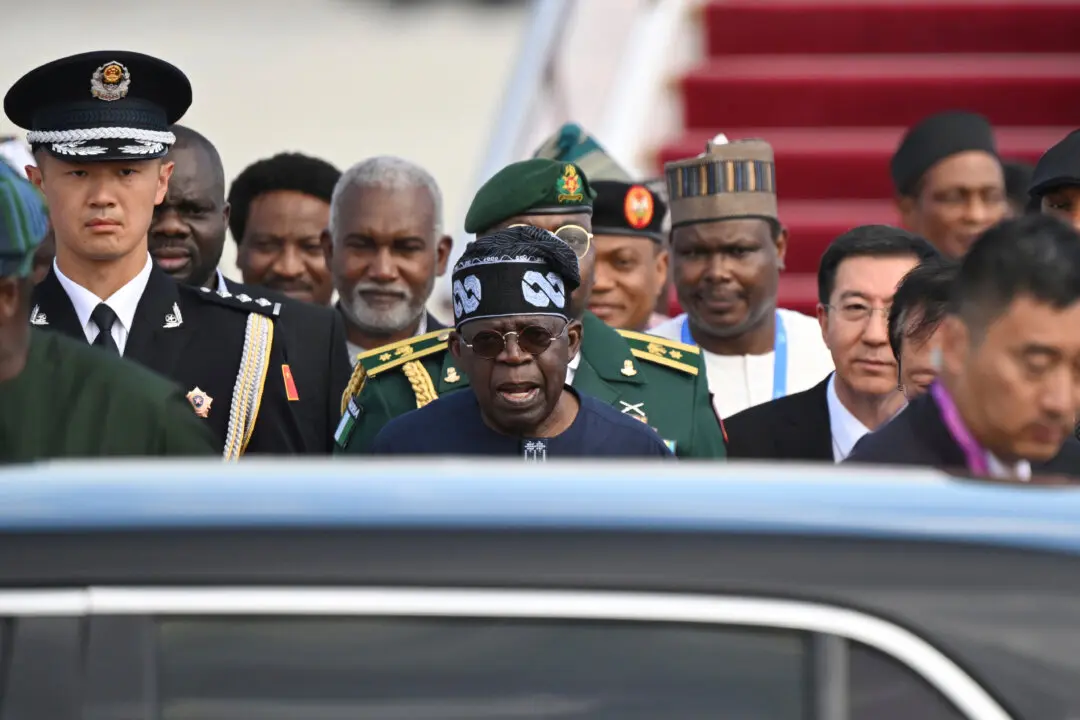The Canada Energy Regulator (CER) on Dec. 5 denied a request from the Trans Mountain Expansion (TMX) project for a variance on a section of oil pipeline under construction in British Columbia, a decision that could delay the 590,000 barrel-per-day (bpd) expansion.
Trans Mountain had asked to be allowed to install smaller diameter pipe in a 2.3-km section of the oil pipeline’s route after encountering “very challenging” drilling conditions, due to the hardness of the rock in a mountainous area between Hope and Chilliwack.





